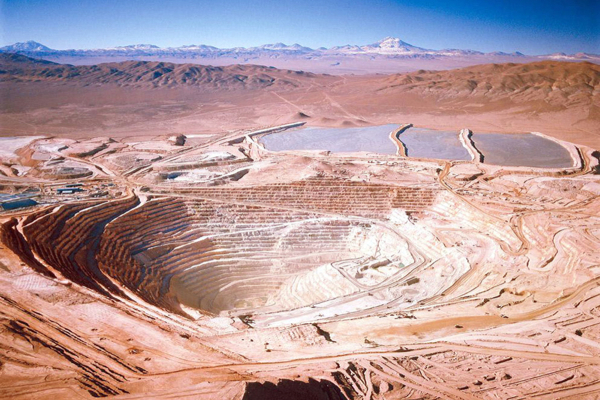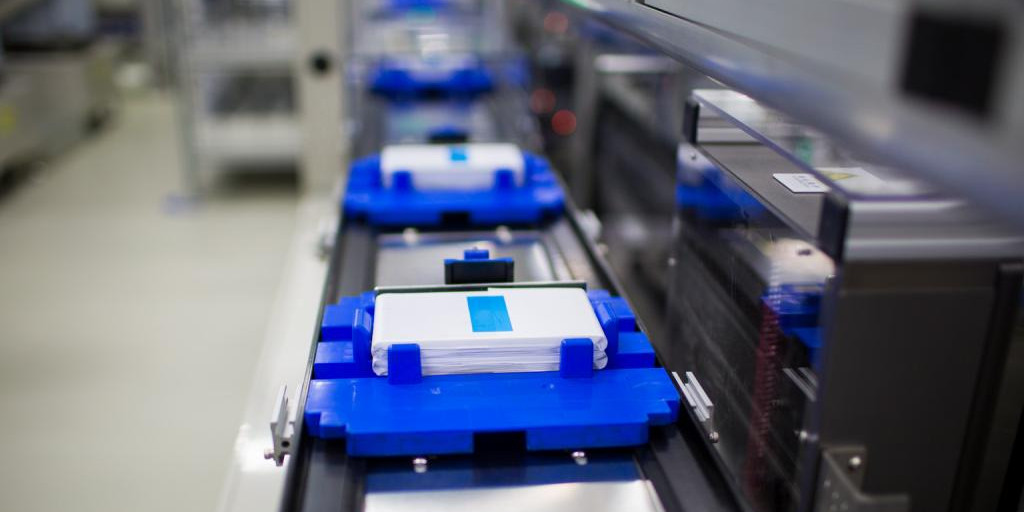Mining for copper just got a lot cheaper
The times in which copper miners had to choose between cutting production and sustaining losses seem to be over, as a new study shows the costs of mining for the red metal have steadily declined over the past three years.
The report, published Tuesday by SNL Metals & Mining, comes barely a day after the benchmark U.S. copper price jumped to its highest intraday level in three months, extending a surprising rebound in the battered commodity.
Copper for May delivery, the most actively traded futures contract, jumped as high as $2.9145 a pound, up 5.6% from Friday’s close.
And it gets better. Based on the report, the average spot price of copper remains comfortably above SNL’s prediction of this year’s average mined cost of 168 cents per pound, calculated on a co-product basis.
According to the analysis, this compares with an average total cash cost of 171 cents per pound last year and 180c/lb in 2013. The copper price averaged 334c/lb in 2013 and 311c/lb in 2014.
On a by-product basis, or what some call the “normal costing” method, where revenue from secondary products is netted off the cost of producing copper, the industry’s average cost this year is expected to be 126c/lb, compared with 129c/lb in 2014, says the report.
Prices to fall further
Copper’s strong performance since the start of the commodity boom in 2003 made production profitable even for small, less efficient miners. Prices climbed from less than $2,000 to over $10,000 a tonne in 2011, but have gradually declined since amid slowing growth in China, the world’s biggest consumer of the industrial metal, and rising global supplies.
At the same time, production costs have increased due to high energy prices, wage inflation and lower-grade ore deposits. Miners have also been hit by the fall in prices of by-products from copper production, including gold, silver and molybdenum.
While SNL report acknowledges that mining costs have recently spiked, it claims there have been offsetting credits from by-product metals.
Royalty charges have also steadily increased over the past decade, partly as a result of increased metal prices but also due to rising government royalty rates, it says.
SNL’s analysis of the cost:price relationship concludes that during cyclical low points in metal prices, the copper price has fallen to at least the 9th decile of high cost producers, which indicates that prices would need to fall further before significant capacity became vulnerable to closure.
{{ commodity.name }}
{{ post.title }}
{{ post.date }}



2 Comments
Zulugroove
A breath of fresh air …for a change. Perhaps the people in Australia are reading this and reflecting on TGS, the lowest cost producer on the ASX. Producing cathode @ 6 cents a share ??.
Rehman
kindly tel me that in international market what is the production cost of blister copper per tone in $US